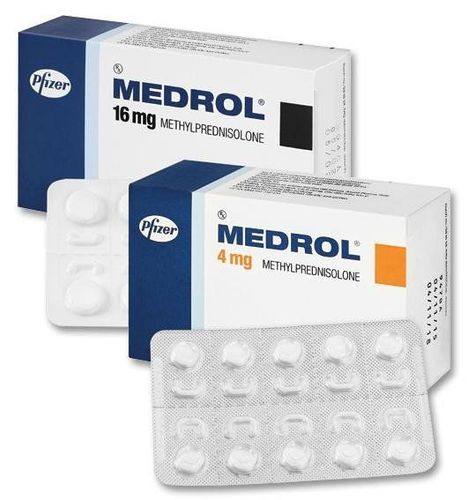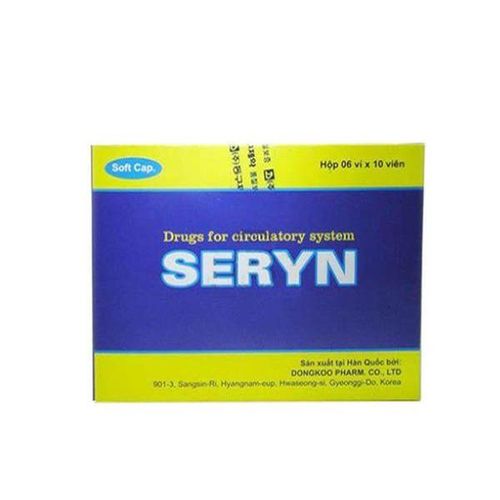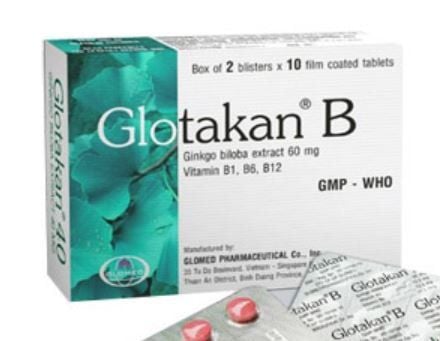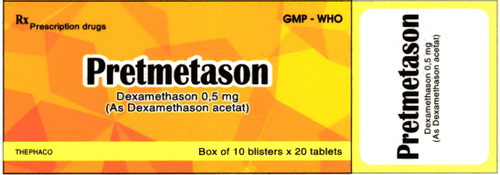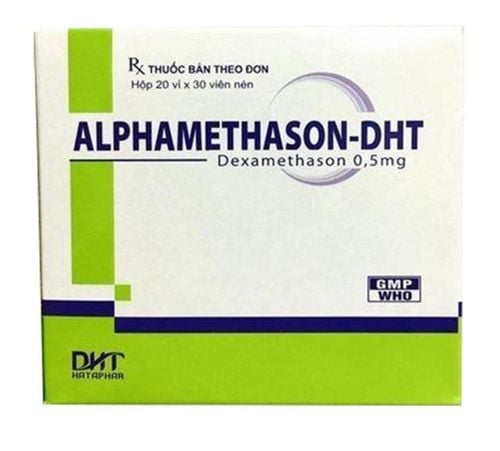This is an automatically translated article.
Mixed connective tissue is an autoimmune disease that most affects young women. The disease causes a range of symptoms similar to some other autoimmune diseases. The symptoms of the disease tend to progress gradually, so early detection is quite difficult.
1. What is mixed connective tissue disease?
Mixed Connective Tissue Disease (MCTD) is an autoimmune disease that includes symptoms of various autoimmune diseases such as systemic lupus erythematosus, systemic scleroderma, and inflammation. polymyositis, rheumatoid arthritis... In MCTD, abnormally high levels of anti-ribonucleoprotein (RNP) antibodies circulate in the blood. When the body produces antinuclear antibodies on its own, it will damage many organs in the body, thereby causing clinical manifestations of MCTD disease.Mixed connective tissue disease occurs mainly in women, accounts for about 80% of cases, and most cases appear in adulthood, especially in people aged 5 to 80 years, in which the incidence is high. especially young people and in their 20s.
The cause of the disease is currently unknown, some people with mixed connective tissue disease often have a family history of the disease. But even so, the role of genetics in causing the disease is still not clearly understood.
2. Signs of mixed connective tissue disease
Symptoms of the disease are often a mixture of symptoms of many different autoimmune diseases. Usually they do not appear at the same time but appear in order, the time difference between symptoms sometimes up to a whole year.
Some early signs of mixed connective tissue disease include:
Swollen, hard, sausage-like fingers. Raynaud's syndrome appears with white fingers, cold, then turning purple-blue and finally red, when experiencing cold or emotional disturbances. Musculoskeletal pain, muscle fatigue, and muscle weakness are also common symptoms. The patient may feel fatigue and mild fever. In some cases, there may be joint deformities resembling rheumatoid arthritis. In the later stages, multiple organ lesions appear, and organs can also appear simultaneously or progress gradually. Affected organs cause symptoms in the kidneys, lungs, heart... Possible manifestations such as:
Fever, swollen lymph nodes. Joint pain is much, pain occurs in many different joints, may be accompanied by hot swelling of the joints. Lesions on the skin can be seen as the appearance of papules under the skin, abrasions on the skin, skin ulcers, erythema on the skin that increases with exposure to light. Cardiovascular: Can see manifestations of diseases such as capillary damage, arterial occlusion, Raynaud's syndrome, myocarditis, valvular heart disease, increased heart rate. On the respiratory: Causes pleurisy, interstitial pneumonia... On the digestive: Decreased food absorption, loss of esophageal motility, autoimmune hepatitis. Neurological: Headache, convulsions, aseptic meningitis, peripheral neuralgia... Kidney: Glomerulonephritis with little urine output, limb edema, hypertension...

Bệnh mô liên kết hỗn hợp gặp chủ yếu ở phụ nữ, chiếm khoảng 80%
3. How is mixed connective tissue disease diagnosed?
To diagnose this disease, it is necessary to rely on the symptoms of the patient. If there are suspicious manifestations, especially overlapping manifestations of combined autoimmune diseases, it is necessary to conduct laboratory tests to confirm the diagnosis. Tests to be done in MCTD include:
The antinuclear antibody (ANA) test and the antinuclear soluble antigen (anti-U1 ribonucleoprotein, or RNP) test are the tests done first. Antibodies to nuclear soluble antigen (anti-Sm) and anti-DNA double helix are negative in mixed connective tissue disease, they are indicated to rule out other conditions. The rheumatoid factor (RF) test is usually positive. If pulmonary hypertension is suspected, diagnosis should be made by echocardiography and pulmonary function measurement. In addition, it is necessary to evaluate damage to other organs by subclinical tests such as renal ultrasound, muscle enzyme tests to assess myositis, electromyography...
4. How to treat mixed connective tissue disease
4.1 Principles of treatment of MCTD Symptomatic treatment depends on organ damage. Treatment helps limit acute exacerbations. Early detection and treatment of organ damage. Use appropriate drugs to limit unwanted drug effects. 4.2. Specific treatment measures Because currently there is no drug to completely treat the disease, the basic measure is symptomatic treatment depending on organ damage and in combination with the use of anti-inflammatory and immunosuppressive drugs including immunosuppressive drugs. These include:
Mild cases of non-steroidal anti-inflammatory drugs (NSAIDs) eg: Diclofenac 50 - 70 mg/times 2 times/day or Meloxicam 7.5 - 15mg/day or Celecoxib 100 - 200mg/times 2 times/day or Synthetic antimalarial (Hydroxychloroquine): 200 to 400 mg/day. Moderate to severe disease can be used: Corticosteroids (Prednisolone, Methylprednisolone): Low dose Prednisolone 5 - 7.5mg/day for joint pain in MCTD, high dose Methylprednisolone 1mg/kg/day or 60mg/day in cases of organ damage or acute exacerbations of the disease. Immunosuppressants (Azathioprine, Cyclophosphamide, Infliximab) are also used in moderate to severe cases 4.3. Combined treatment measures Besides specific disease treatment methods, combined treatment measures include:
Non-drug measures such as: keeping hands and feet warm, rehabilitation exercises, and nutrition suitable. An ACE inhibitor (eg, Captopril, Enalapril) may be used in the treatment of pulmonary hypertension, interstitial pneumonia, and kidney injury in patients with MCTD. Raynaud's syndrome can be treated with drugs such as nifedipine, losartan, and nitroglycerin. In addition, it is necessary to monitor clinical symptoms and periodically visit for early detection of organ damage.

Sử dụng thuốc phù hợp để điều trị bệnh mô liên kết hỗn hợp
5. Complications and prognosis of mixed connective tissue disease
The disease can cause damage to many organs in the body and many serious complications such as:
On the heart, causing myocarditis, mitral valve prolapse; Respiratory system such as interstitial pneumonia, pulmonary hypertension; Digestive system such as autoimmune hepatitis; Kidney causes nephrotic syndrome, glomerulonephritis; Neurological causes aseptic meningitis, cauda equina syndrome... When the disease is detected, the 10-year survival rate is about 80%, but the prognosis depends largely on the severity of symptoms or mild. Patients with manifestations of generalized scleroderma and polymyositis have a worse prognosis with increased mortality.
In summary, mixed connective tissue is a serious disease that affects many organs. Although there is no specific treatment, but if detected early using symptomatic measures can prolong the time to progression.
Please dial HOTLINE for more information or register for an appointment HERE. Download MyVinmec app to make appointments faster and to manage your bookings easily.




